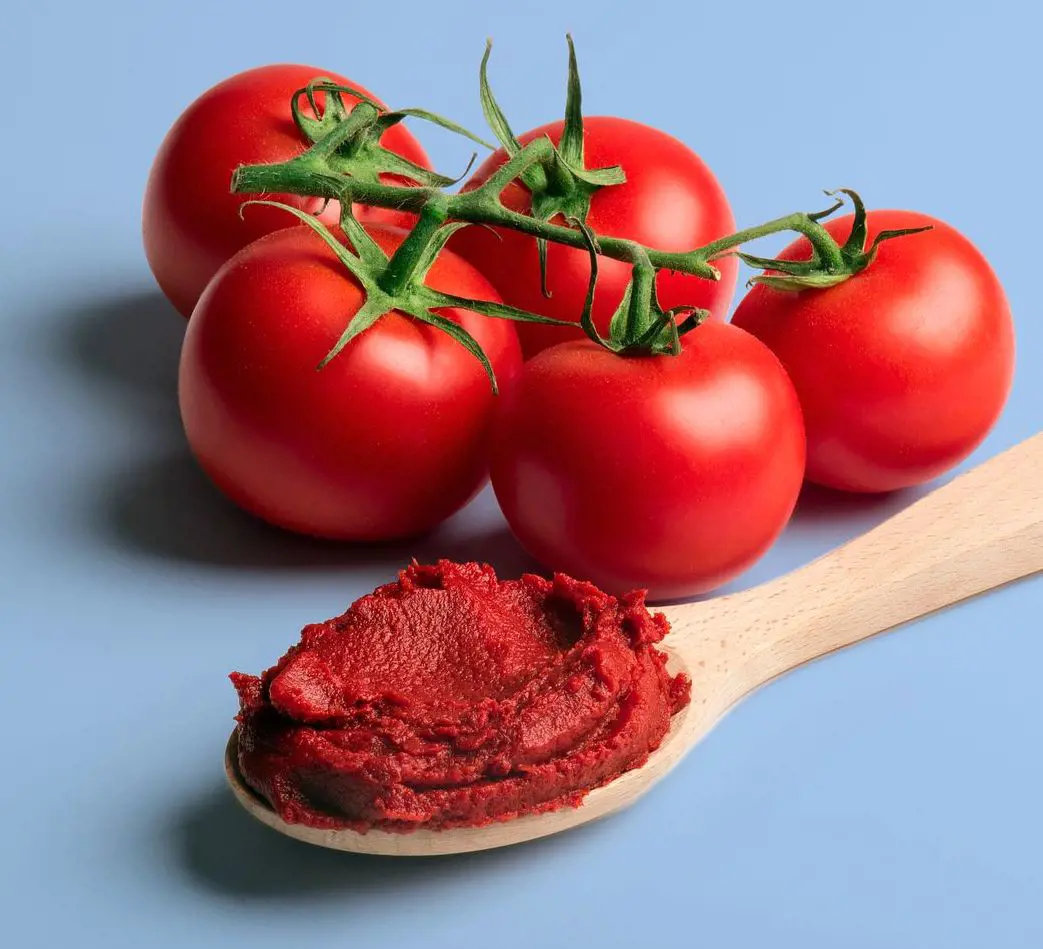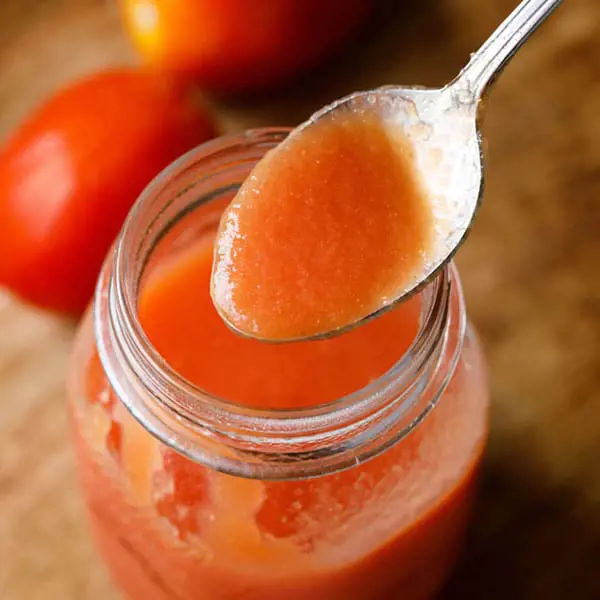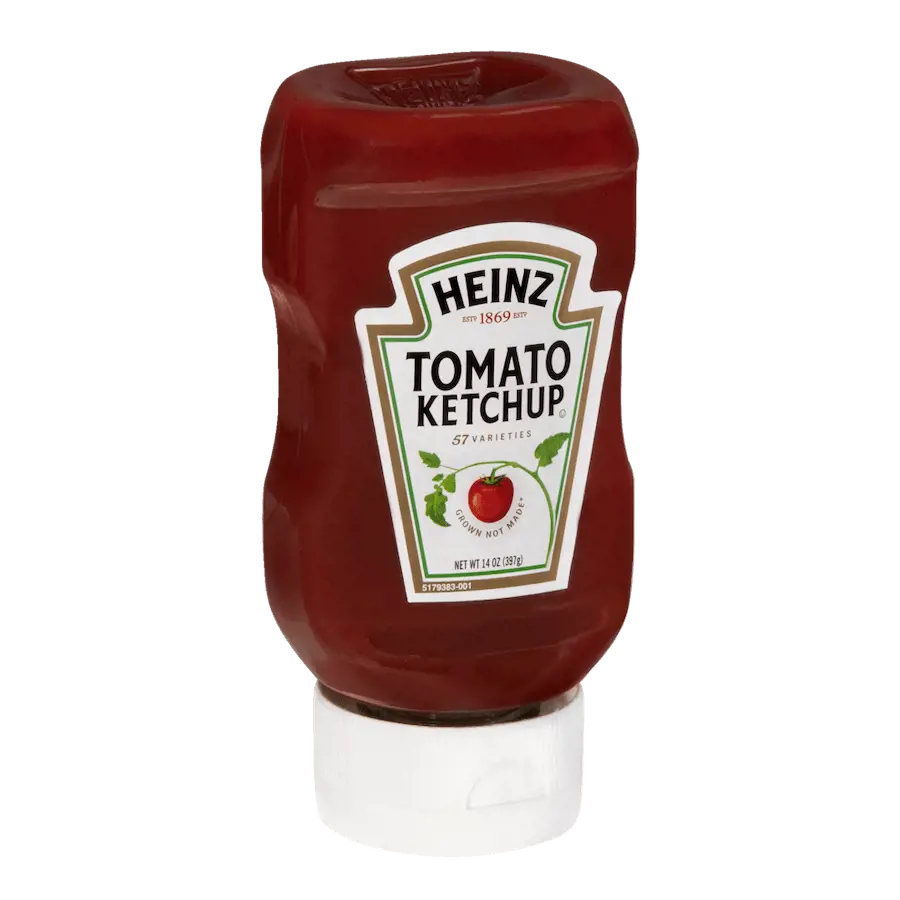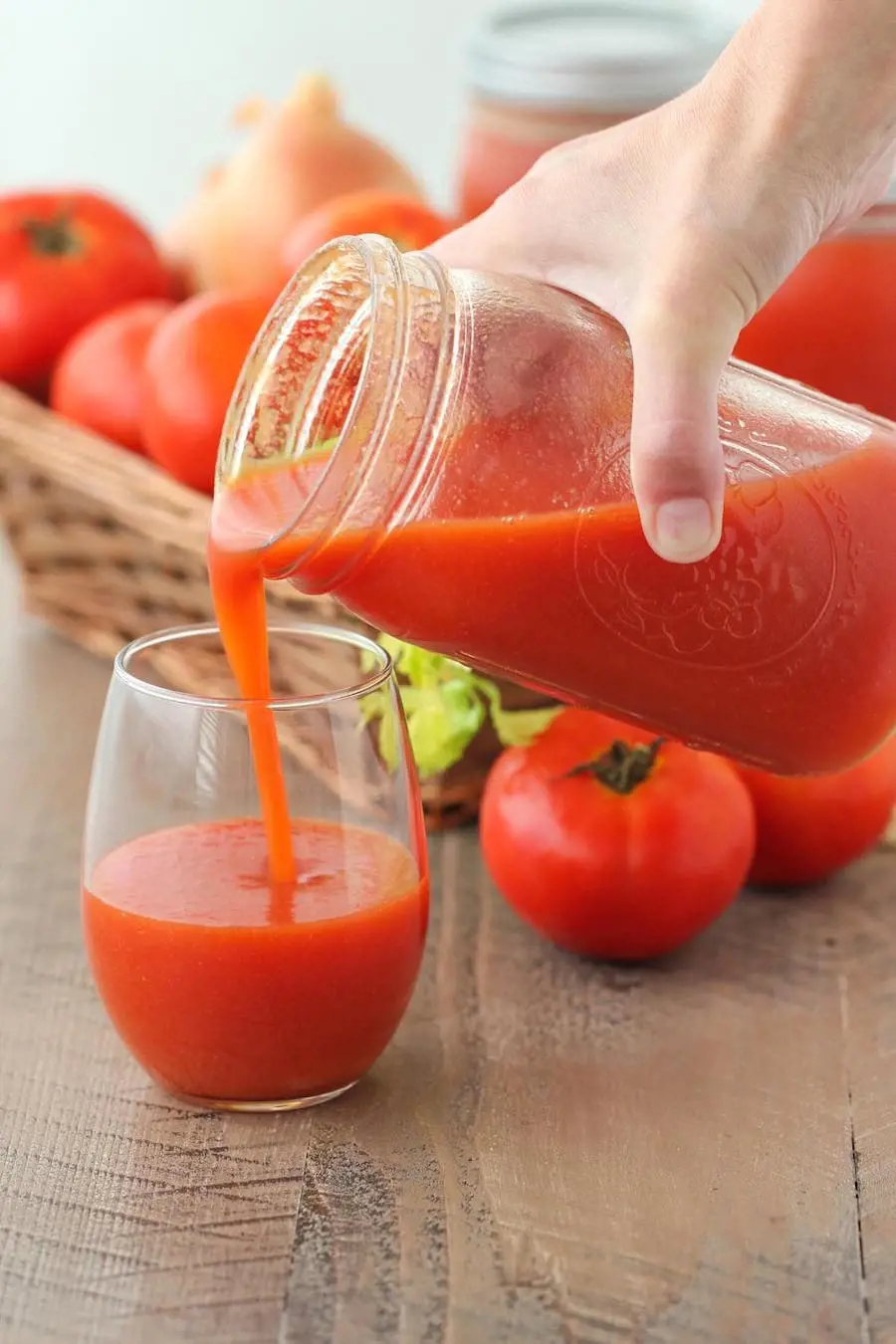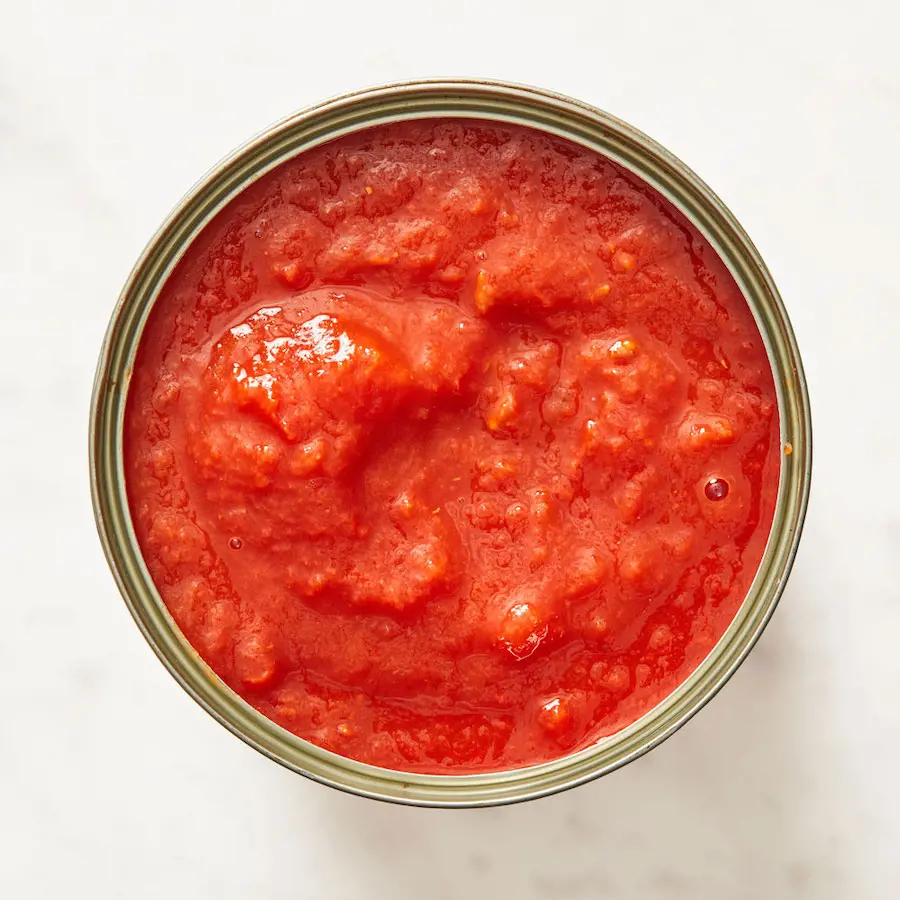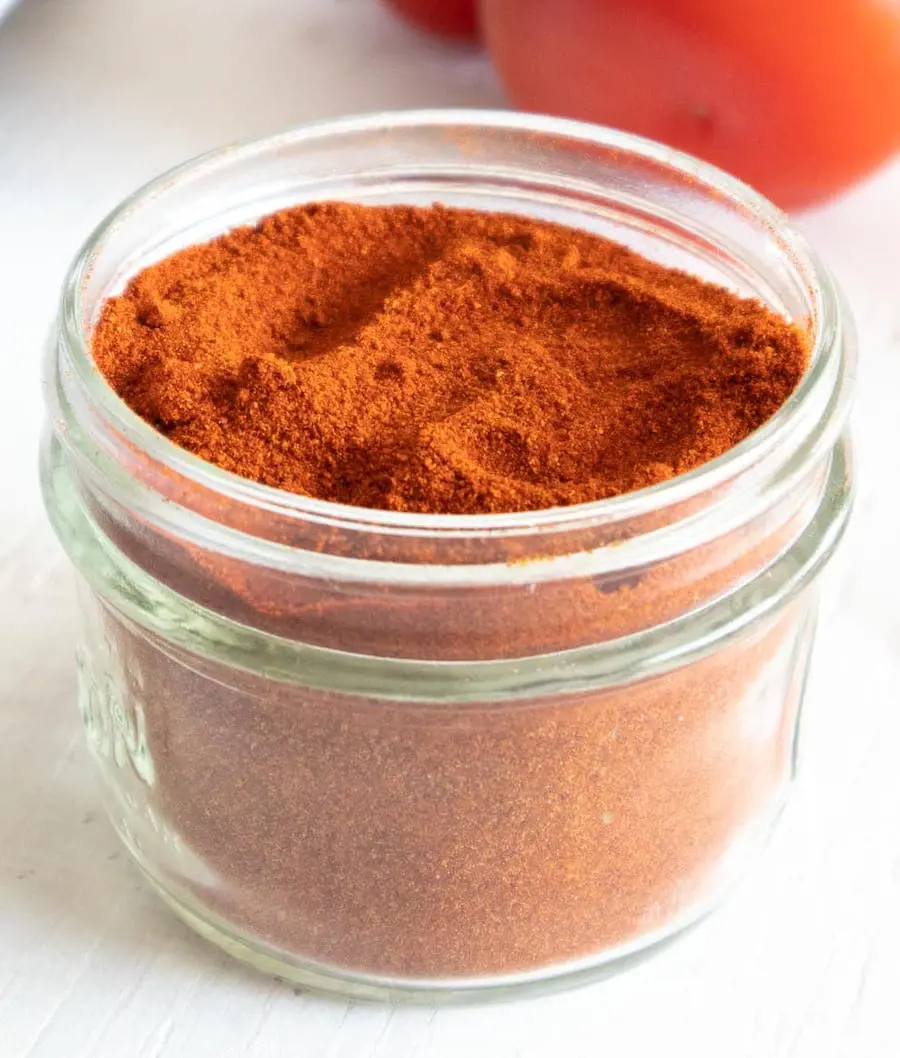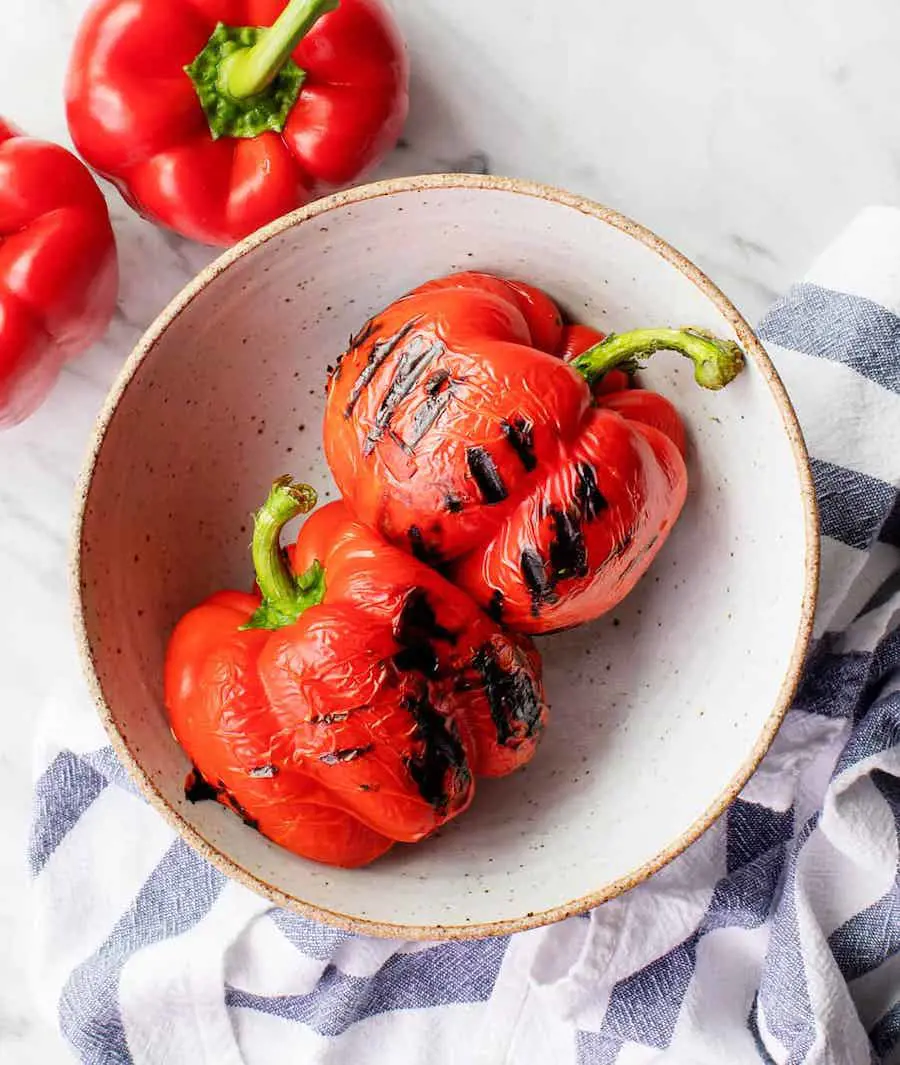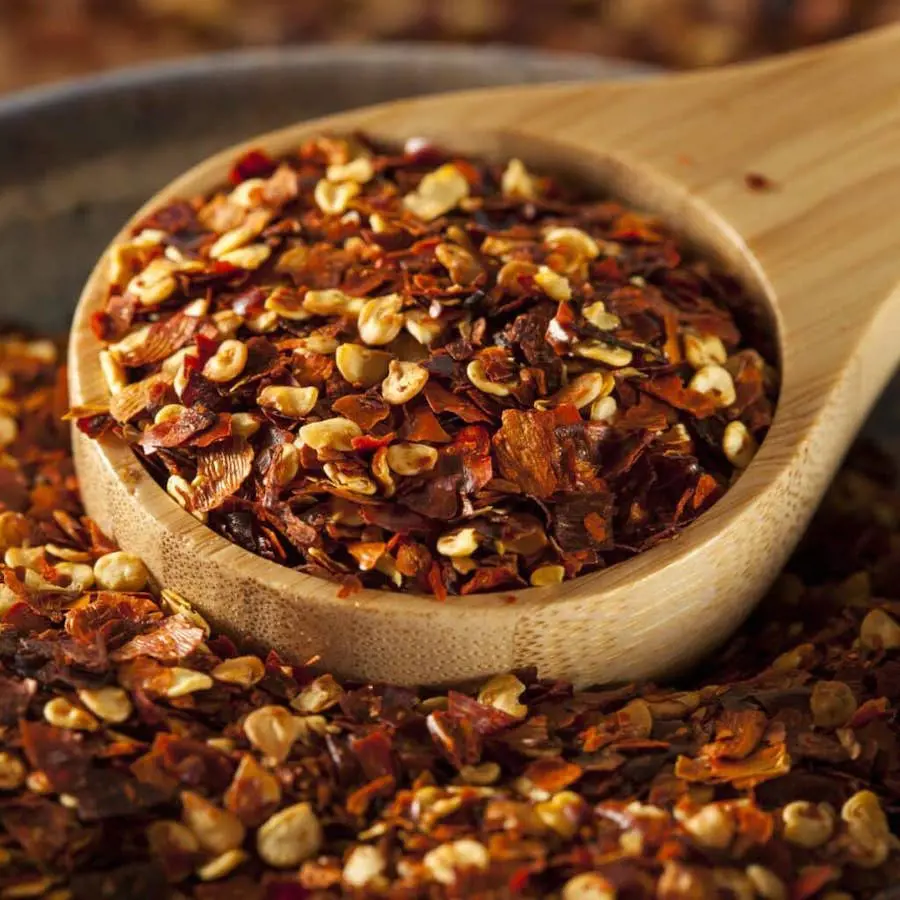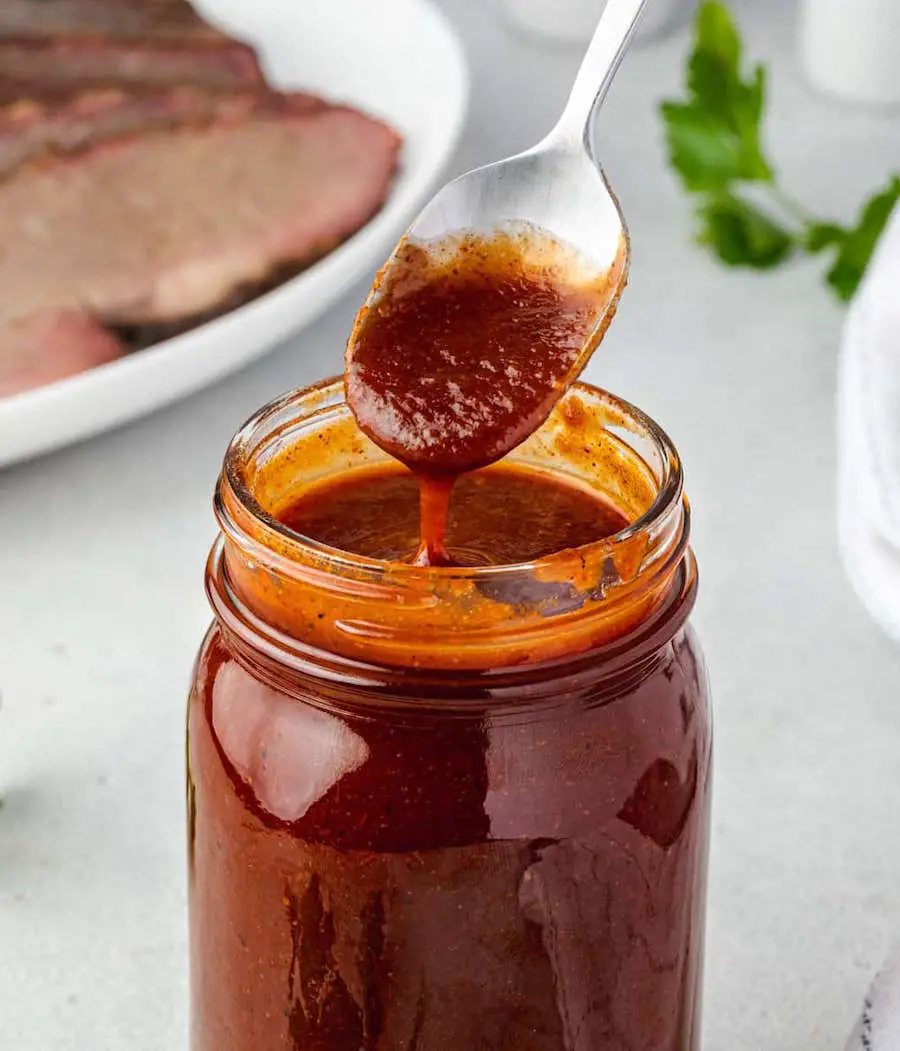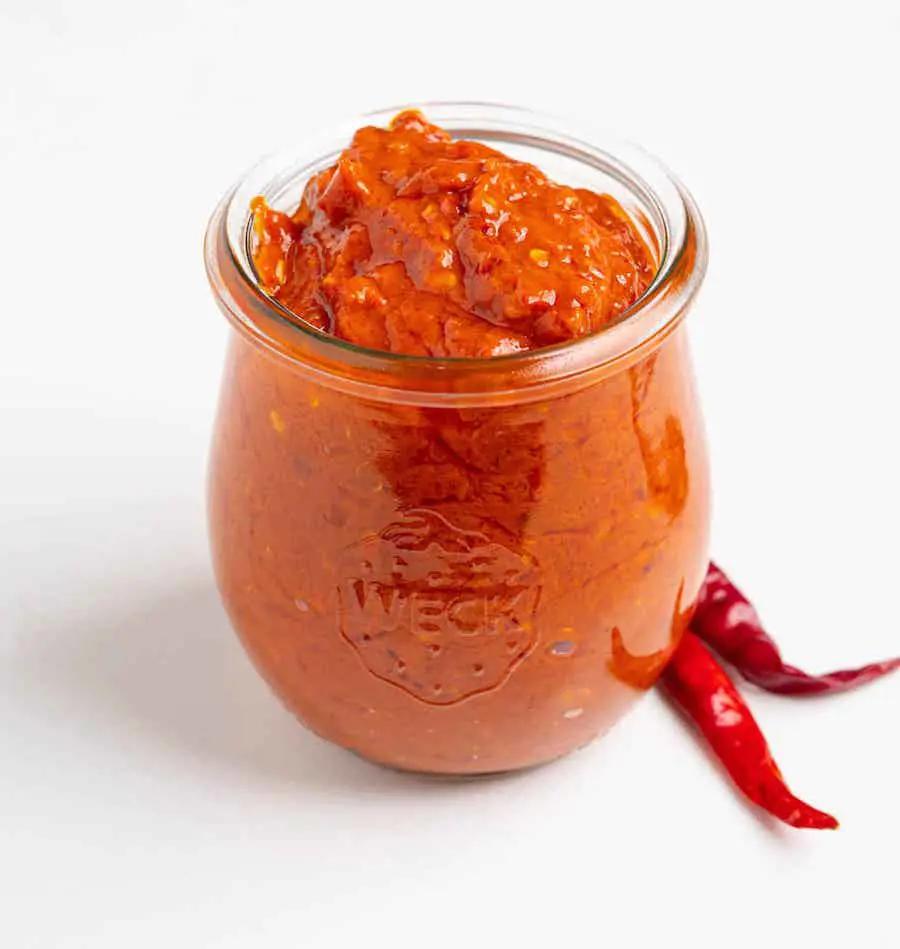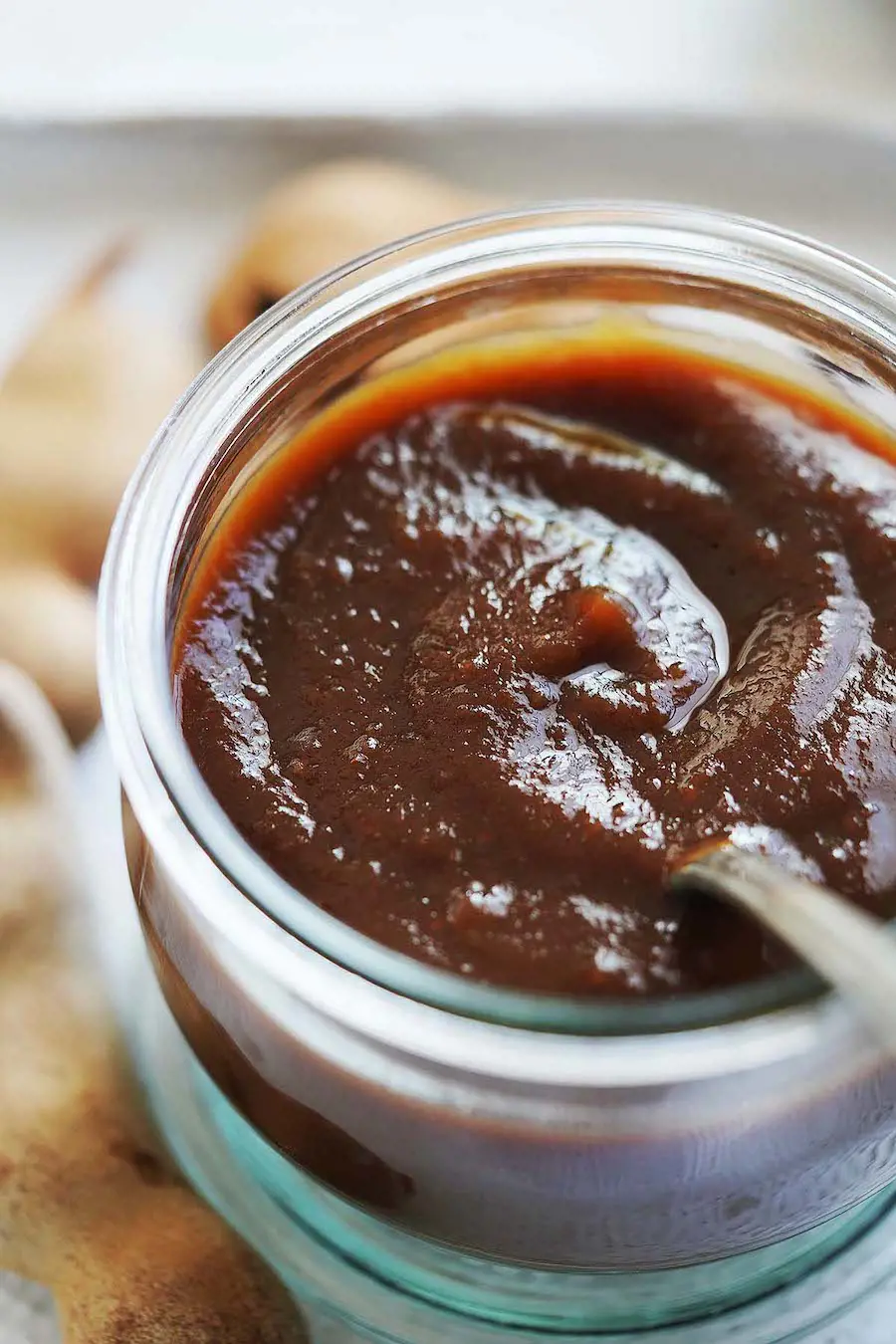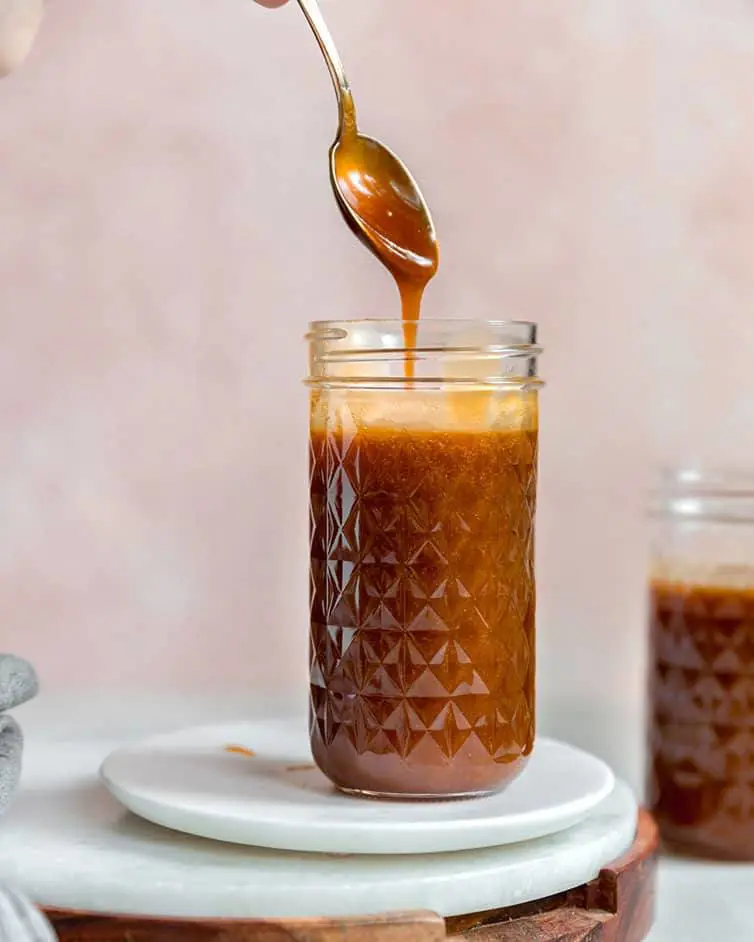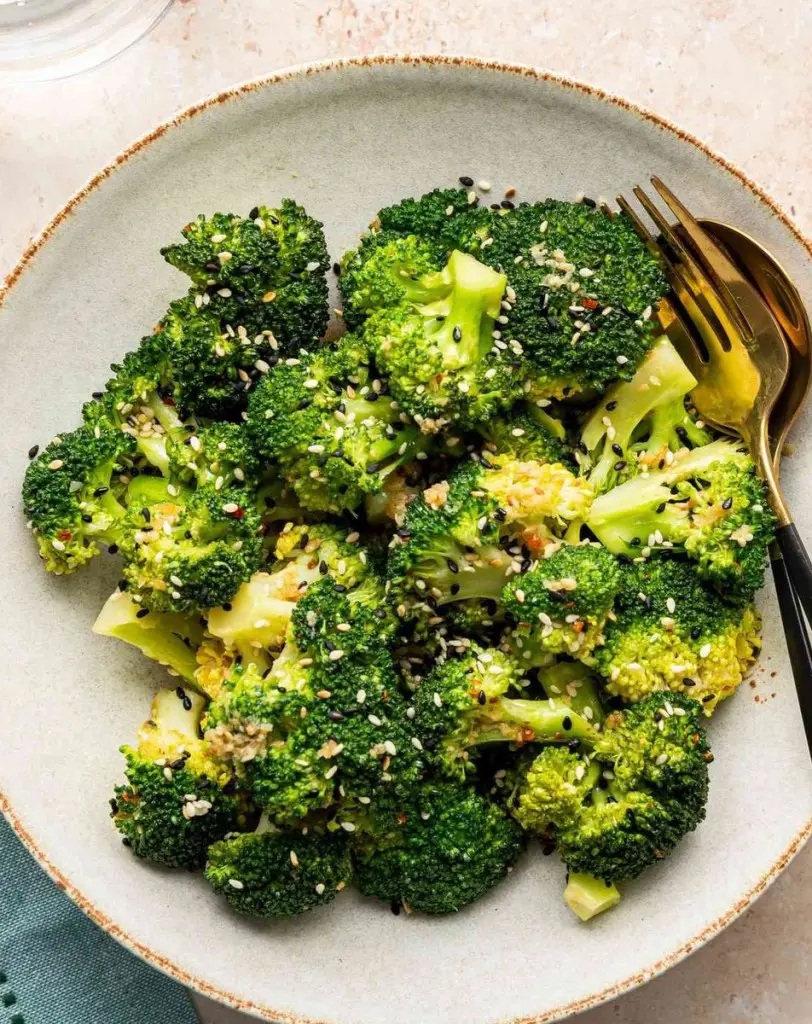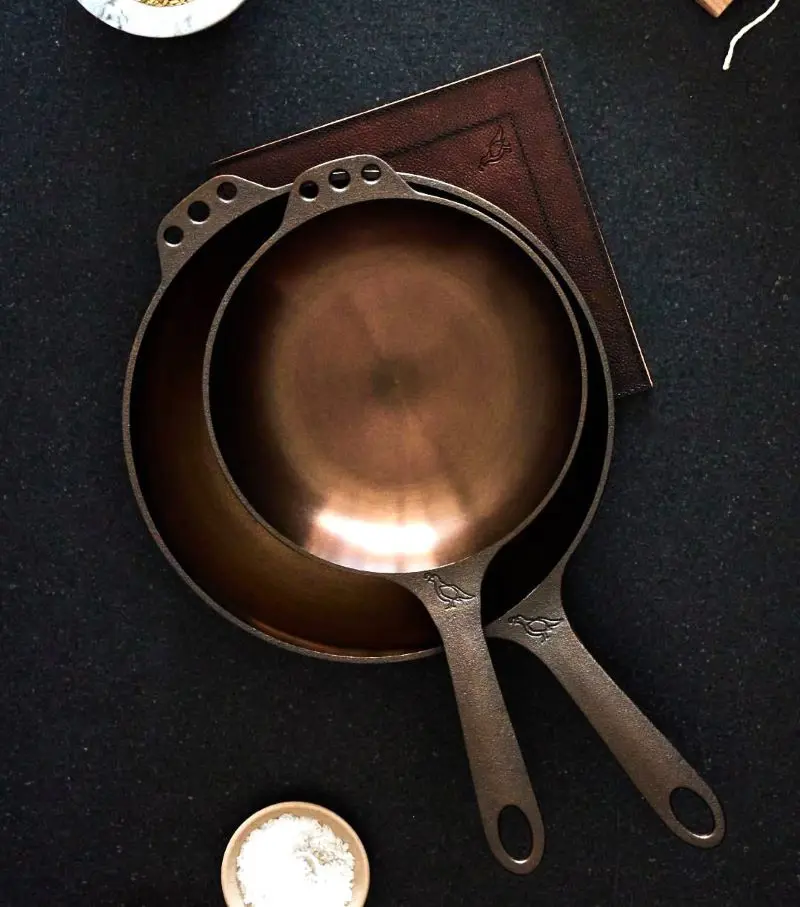1. Tomato sauce
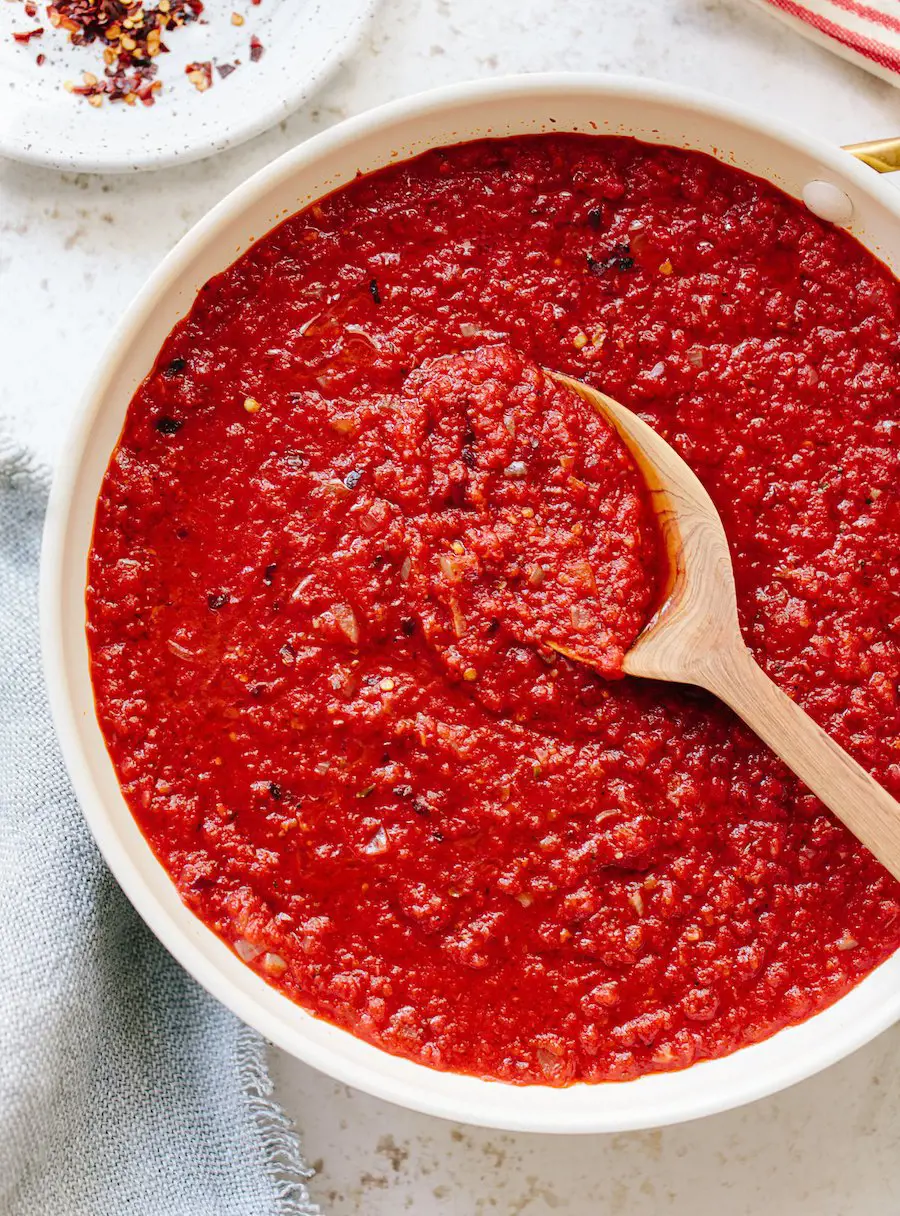
Tomato sauce can be a great substitute for tomato paste. Tomato sauce is made by simmering tomatoes with other ingredients like onions, garlic, herbs, and spices, resulting in a flavorful and versatile sauce.
It has a similar consistency to tomato paste, albeit slightly thinner. If a recipe calls for tomato paste, you can use tomato sauce, but you may need to reduce it slightly to achieve the desired thickness. One thing to consider here is that the sauce might be slightly sweeter in taste due to added ingredients like sugar or basil.
